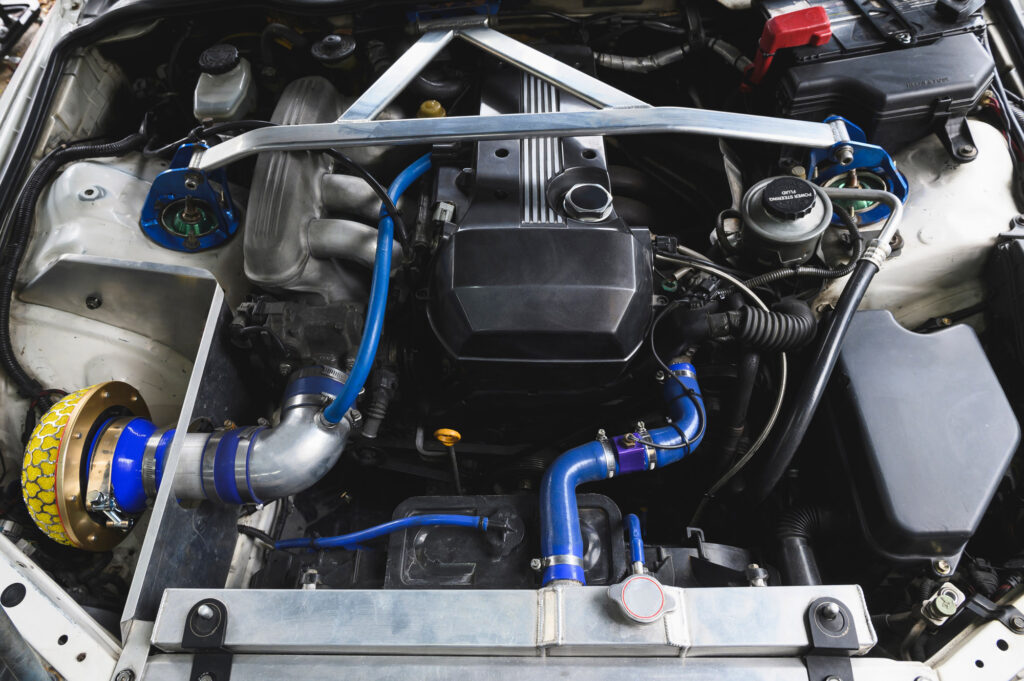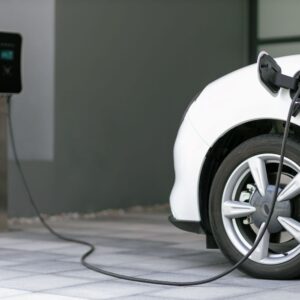Naturally aspirated engines are engines that use atmospheric pressure for their intake charge. In other words, their air intake is completely natural.
Because of this, naturally aspirated engines are a lot simpler to make and maintain, providing much better fuel economy and overall efficiency. The tradeoff is that they sacrifice power and torque, making their overall performance lower than that of vehicles with turbocharged and supercharged engines.
What Does Naturally Aspirated Mean?
Naturally aspirated engines get their name from the fact that they rely on atmospheric pressure to force air into the engine. They do this without the aid of machinery designed to suck air in.

The air from outside is naturally pumped into the cylinder, which increases the air pressure in the combustion chamber. This heats the chamber without the help of forced induction — a stark contrast from the more common turbocharged and supercharged engines found in modern vehicles.
Naturally Aspirated Engine Pros
Because naturally aspirated engines can bring air into the combustion chamber very effectively, they offer a lot of benefits. For example, they can afford to be less complex and costly to make. Other advantages include:
Durable and Long-Lasting
These engines are reliable and long-lasting for two reasons: their simple structures and their ability to draw in air.
Engines that lack complexity come with a lot of benefits, and one of the biggest ones is their fewer components. This means the odds of several parts malfunctioning at the same time are a lot lower.
Meanwhile, their ability to draw in air makes them better at regulating temperatures because the engine can afford to run cooler. Because the engine structure is simpler and does a better job of staying cool, parts are less likely to break and overheat.
Cheap to Manufacture and Maintain
The simple structure means there are fewer parts to manufacture, making naturally aspirated engines easier and cheaper to make and repair. This makes these engines cheaper for both manufacturers and consumers.
Fuel-Efficient
Naturally aspirated engines are optimized to take in as much air as possible, and they accomplish this naturally and without the aid of forced induction. In short, they burn fuel at a much slower rate than other engine types.
Quick and Responsive Engine
This engine type can accelerate almost instantly.
Unlike more common engine types like forced induction engines, naturally aspirated engines deliver power linearly. This means there’s no lag when you put the pedal on the metal on top of a steadier power band.
There’s also a lot more responsiveness from your engine, especially when accelerating when inert or making a sharp turn.

Naturally Aspirated Engine Cons
Despite all the benefits they provide, naturally aspirated engines are not perfect. They come with a lot of drawbacks. For example, they produce less power than other engine types and tend to be worse for the environment. Let’s take a closer look at their cons:
Weaker Power Output
The performance benchmarks of naturally aspirated engines are nowhere near the same level as those reached delivered by turbocharged and supercharged engines.
This is because these engines have lower power densities, requiring larger displacements to reach the same level of power as engines with forced induction.
Bad for the Environment
Unfortunately, naturally aspirated engines release greater emissions than more common engine types. It’s worse for the environment, as more toxic greenhouse gasses are released when fuel is burned.
Poor Performance in High Altitudes
The density of oxygen decreases the higher up you are, which means a naturally aspirated engine’s performance declines in places with thinner air.
When driving in high altitudes, less oxygen enters the combustion chamber, leading to fewer and weaker combustions. For every 1,000 feet of elevation gain, a naturally aspirated engine loses roughly 3% of its power.
Frequently Asked Questions
Are naturally aspirated engines still used today?
Yes, they are. These engines can still be found in modern vehicles, especially ones that prioritize fuel efficiency over power and performance.
However, naturally aspirated engines are nowhere near as widely used as the turbocharged and supercharged engines that most modern vehicles use.
Can naturally aspirated engines be tuned?
Yes, you can tune naturally aspirated engines for better performance, but it won’t increase its power output by much. Tuning an engine can improve your vehicle’s fuel economy, throttle response, and overall power.
If you want a real boost in power, however, you’re better off turbocharging your engine.
What happens if you turbocharge your engine?
It’s possible to turbocharge a naturally aspirated engine but doing so might increase the risk of engine failure. If you’re going to turbocharge one, you’ll need to tune it first to make sure it can handle such a sharp increase in boost pressure.
Any information provided on this Website is for informational purposes only and is not intended to replace consultation with a professional mechanic. The accuracy and timeliness of the information may change from the time of publication.






























